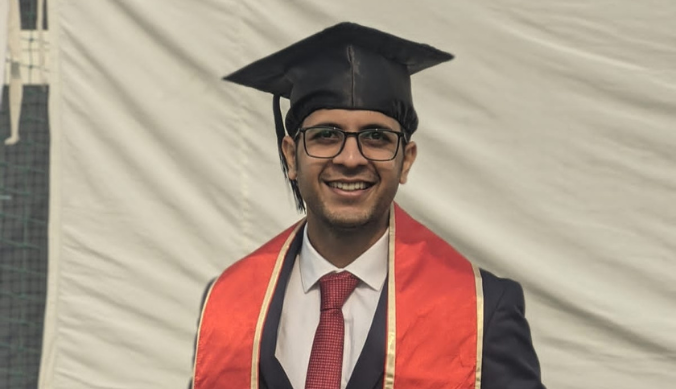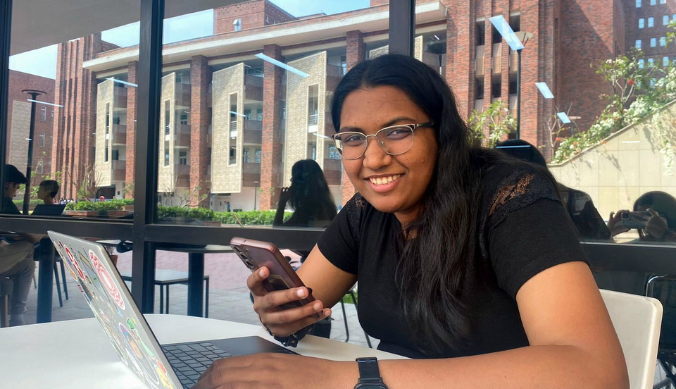Befriending Assistive Technology
At Ashoka University, we leverage assistive technology to create equitable learning environments for all learners, including the ones with diverse learning needs
Picture this. You are seated in a classroom filled with a diverse group of students, and the professor is explaining a mathematical concept using a whiteboard. While all students are using different means to learn the concept, there is a possibility that someone might face difficulties in understanding the numbers or letters being written on the board.
It is also possible that some pupils may not be able to see the whiteboard at all. At the same time, raising a hand and asking a question related to the concept may also make some students anxious. Maybe talking is not at all a possibility for another student.
A fundamental question arises: How do we account for diverse learning needs? In other words, how can we ensure an immersive and engaging in-class learning experience for all students, irrespective of their learning differences?
At Ashoka University, we leverage assistive technology to create equitable learning environments for all learners, including the ones with diverse learning needs. We tap into the unique potential of technology to create inclusive learning experiences at all stages of learning, including reading, in-class learning, and assessments.
But what is assistive technology (AT)? Any device, software, or equipment that helps people work around their challenges (from a sticky note to a wheelchair) can be called assistive technology. It quite literally means technology that assists. Below are a few specific examples of how we use AT in the context of making education at Ashoka more inclusive and accessible to all.
There are several apprehensions surrounding the use of AT as well. Some argue that it can make individuals highly reliant on technology, and others say that it grants an unfair advantage to its users. For some, using AT seems too futuristic and intimidating. However, AT can level the playing field for all learners, offering solutions that target specific problems learners might face.
Not just this, but incorporating technology into classroom teaching provides an immersive multisensory learning experience. While the higher education system, assessment styles, and teaching pedagogy have all been built on an ableist framework that tends to exclude, assistive technology has the power to make this system more inclusive for all learners.
Its dynamic nature ensures that the education system keeps evolving and adapting to diverse learning needs. Normalizing the use of AT can open up a world full of possibilities, where every learner thrives.
(This article has been compiled by Team OLS.)










